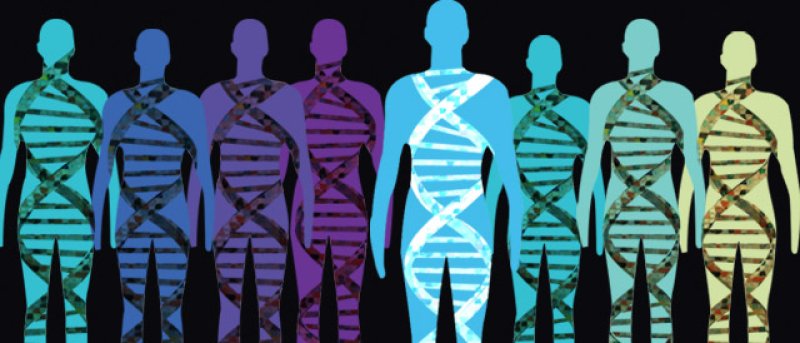For kids with cystic fibrosis (CF), life used to be all about symptom management. They would spend hours with their caregivers pounding overly-thick mucus from their lungs or wearing automated vests to do so, watch their diets and weight and carefully monitoring themselves for any signs of respiratory illness that could land them in the hospital.
Our expanding knowledge of genetics has taken CF from a disease of symptom management to one with available treatments. The condition is caused by one or more genetic mutations that essentially break a protein found on the surface of lung tissue that moves moisture in and out of cells. Scientists first identified the gene, CTFR, then identified thousands of mutations in that gene that cause CF. Then they developed treatments, pills essentially, that fix the protein for CF patients with about a dozen of those thousands of known mutations.
In this way CF might be a model of what the future of medicine will look like. A disease, even a relatively rare one like CF, is no longer one condition. We continue to divide illness into smaller and smaller components based on our deepening understanding of the exact mutations or biological processes involved. To butcher Tolstoy: all healthy people are a like; each unhealthy person is unhealthy in her own way.
But so far this way of developing treatments has come at great expense. Orkambi and Kalydeco, the two genetically matched CF treatments currently on the market, each cost about $300,000 a year per patient. And because these drugs work so well, patients lifespans are greatly lengthened. If all precision medicine treatments are going to be this expensive, how will we pay for them all? And when we can’t pay for them all, how do we ethically decide what to do asks David Blumenthal at the Wall Street Journal:
How much are we willing to pay collectively for a very effective treatment that benefits just a few us? For a bumper crop of these breakthroughs? As it raises our hopes for cures of mankind’s greatest killers and cripplers, medical science is again pushing us into turbulent and uncharted waters.
Blumenthal points to some examples of how to hedge high costs. By standardizing drug-development techniques, mass customization he calls it, we could limit the tricky, expensive bits to one part of the process. And he thinks examination of the regulatory and pricing structure around pharma in this country must be examined (and changed) to help keep these expenses down.
But precision or personalized medicine can also save money. In South-East Asia, patients are screened for a genetic variant that makes them susceptible to an excruciating syndrome in which their skin peels off in sheets. The condition, ironically, is usually a reaction to the epilepsy drug carbamazepine or the gout drug allopuriol. Carbamazepine is an old drug, and has been phased out in many rich countries. But other countries still use it commonly, Ed Yong writes at the Atlantic:
In Taiwan, Thailand, Singapore, and other Asian countries, doctors now carry out routine genetic tests for the HLA-B*15:02 variant before prescribing carbamazepine. It takes just 24 hours and if anyone tests positive, they get the newer, more expensive drugs.
The screening saves money because treating the adverse reaction is so expensive, and in some cases lethal for patients. These countries are not rich, but they are leading the way in wide-scale implementation of pharmacogenomic screenings. And they offer an alternative glimpse of what precision medicine can look like. Instead of mining huge amounts of data to find the variants that cause a wide-spread disease like diabetes, why not find some more low-hanging fruit like drug hypersensitivity. “To deal with it, you don’t need to edit genes, or turn to stem cells, or prescribe drugs that target mutations in a patient’s DNA. You just need to screen people for the risky variants and withhold the triggering drugs,” Yong writes.
Western countries are starting to take note of this more simple application of precision medicine, Yong reports. Patients have similar reactions to drugs used to treat HIV. And clinicians are interested in seeing what other dangerous pharmaceutical-genetic interactions might be identifiable with these quick and relatively cheap tests. The South-East Asian initiative is a good reminder that precision medicine has more to offer than searching through millions of genomes for complicated and expensive answers to disease. We can also find simple solutions to issues that will save lives.
Meredith Knight is a contributor to the human genetics section for Genetic Literacy Project and a freelance science and health writer in Austin, Texas. Follow her @meremereknight.































